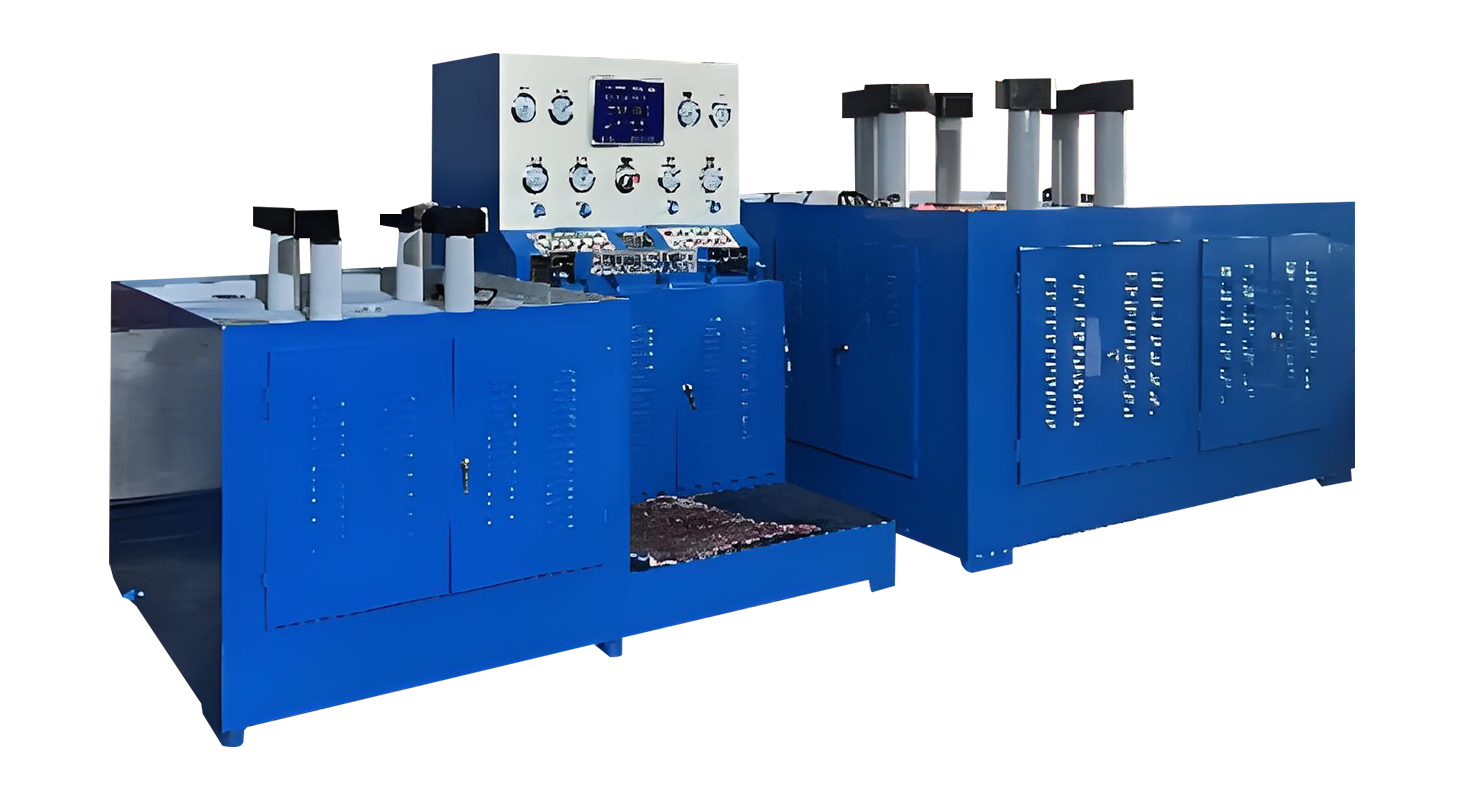Jun 25, 2025
Hydrostatic testing plays a crucial role in valve quality assurance by ensuring the structural integrity and reliable performance of valves under pressure. This testing method is widely used across various industries, including oil and gas, chemical processing, water treatment, and power generation, where valve safety and functionality are essential.

What is Hydrostatic Testing?
Hydrostatic testing is a pressure-based inspection process that verifies the ability of valves and piping systems to withstand internal pressures without leakage or structural failure. During this procedure, valves are filled with water or another compatible liquid and subjected to a specified hydraulic pressure. The test pressure typically exceeds the valve’s normal operating pressure to evaluate its safety margin and detect potential weaknesses.
This testing method is a standard requirement in many quality control processes and is a necessary step before valves are approved for service.
The Purpose of Valve Pressure Test
The primary objective of a valve pressure test is to confirm that the valve can safely operate under its designated working conditions. The test helps identify material defects, assembly issues, or minor imperfections that may cause leaks or pressure losses over time.
Different types of valve pressure tests are conducted based on the design and application of the valve. Common tests include seat leakage tests, body shell tests, and backseat tests. These procedures ensure that the valve’s internal and external sealing surfaces function correctly and that the valve body can withstand the specified hydraulic pressure.
Hydraulic pressure testing machines are essential tools in conducting these pressure tests efficiently and accurately.
Hydraulic Pressure Testing Machine: Key Equipment for Hydrostatic Testing
A hydraulic pressure testing machine is specifically designed to generate and control the required test pressure for hydrostatic valve testing. These machines typically include pressure pumps, control panels, and safety mechanisms to ensure a controlled testing environment.
Using a hydraulic pressure testing machine, technicians can apply consistent pressure to the valve, monitor the pressure levels in real-time, and evaluate the valve’s response. The equipment allows for precise adjustments and stable pressure application, which is critical for obtaining reliable test results.
Hydraulic pressure testing machines are often equipped with digital pressure gauges and automated controls to improve efficiency and safety. Some machines also support multi-station testing, enabling simultaneous testing of several valves, which is beneficial in large-scale production environments.
Steps Involved in Hydrostatic Valve Testing
The hydrostatic valve testing process typically involves the following steps:
Preparation: The valve is cleaned and securely mounted on the test bench. All necessary connections to the hydraulic pressure testing machine are made, ensuring a leak-free setup.
Filling: The valve is completely filled with the test liquid, usually water, to remove all air pockets that could affect the test accuracy.
Pressure Application: The hydraulic pressure testing machine gradually increases the internal pressure to the required test value. The pressure is held for a specific duration according to applicable standards.
Observation: The valve is carefully monitored for any signs of leakage, deformation, or pressure drop. Digital monitoring systems on modern testing machines provide precise data during this stage.
Pressure Release: Once the test duration is complete and no faults are detected, the pressure is safely released.
Evaluation: The valve passes the test if it maintains the pressure without leakage or visible damage. If issues are detected, corrective actions are taken before retesting.
Importance of Valve Quality Assurance
Hydrostatic testing is a critical part of the valve quality assurance process. Simulating actual working conditions helps verify that valves can handle the pressures they will face during operation. This process reduces the risk of failure in service, which can advance to operational downtime, environmental hazards, or safety incidents.
Through proper valve pressure testing, manufacturers and end users can ensure that valves meet required specifications and performance standards. Additionally, the use of reliable hydraulic pressure testing machines supports accurate testing and consistent quality control.
In summary, hydrostatic testing is essential for validating valve integrity and reliability. By incorporating this process into quality assurance systems, companies can confidently deploy valves in demanding applications, knowing that each valve has been thoroughly tested under controlled pressure conditions.